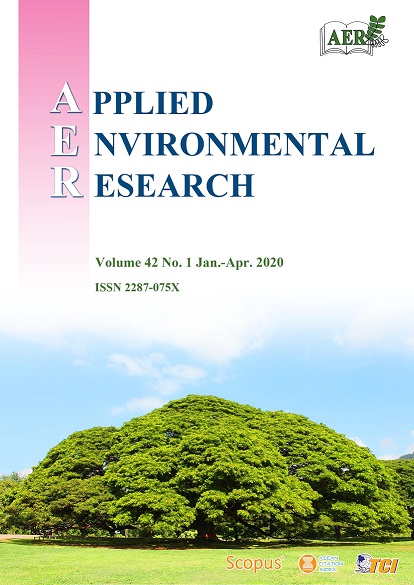Evaluation of Meskat System Functionality as Water Harvesting at Wadi Hamdoun Watershed (Sousse, Tunisia) Using the Geographic Information System
Main Article Content
Abstract
In the Sahel of Tunisia, areas were characterized by complex landforms like hills and depression with active and alternation of the geographical processes between bare hilly limestones and fertile soils. These landforms consist of the Meskat system. It represents the commonly used micro-catchment of water harvesting for olive tree groves as traditional soil and water conservation technique. However, in recent years, this system seems to be increasingly neglected. The present study aims to determine the current functionality of the Meskat system in the watershed of Wadi Hamdoun through the use of a geographic information system (GIS) as well as field’s investigation. Results reveal the presence of areas that do not respect the standards corresponding to the Meskat system implementation, and which most likely are the principal cause of its decreasing performance degree. For instance, the main reasons for the system dysfunction due to the urban area expansion, the densification of the roads network, and the planting of impluvium. The urbanization is manifested in the sub-basins of Wadi Ed Diq (WD) and Wadi Haj Abid (WHA), with affected areas reaching 1.86 and 1.05 km2 respectively. In addition, satellite images show that the impluvium of Borjin Sub-catchment and Bellani Wadi Sub-basin are being used for growing olives, with planted area of around 0.81 and 0.56 km2 respectively. Moreover, the destruction of Mankaas is most felt in Hmadet El Borijin and Wadi Bin Shahed sub-basins, with coverage area of 0.77 and 0.66 km2, respectively.
Article Details

This work is licensed under a Creative Commons Attribution-NonCommercial 4.0 International License.
Published articles are under the copyright of the Applied Environmental Research effective when the article is accepted for publication thus granting Applied Environmental Research all rights for the work so that both parties may be protected from the consequences of unauthorized use. Partially or totally publication of an article elsewhere is possible only after the consent from the editors.
